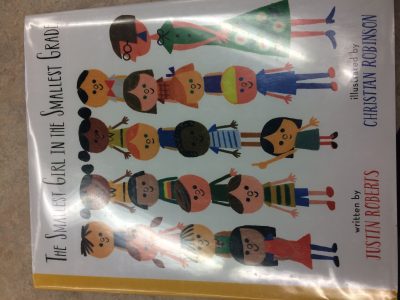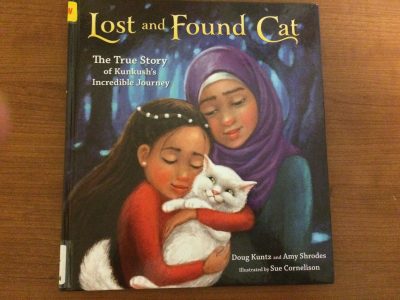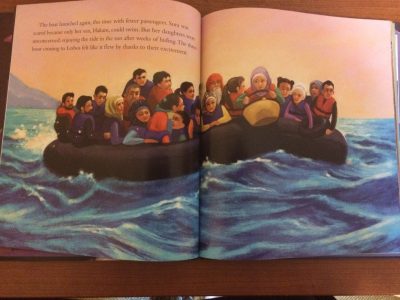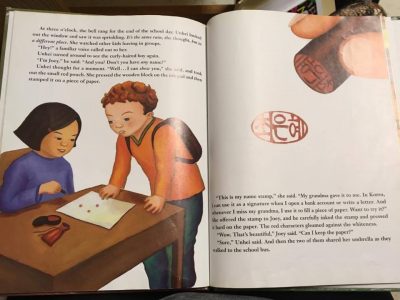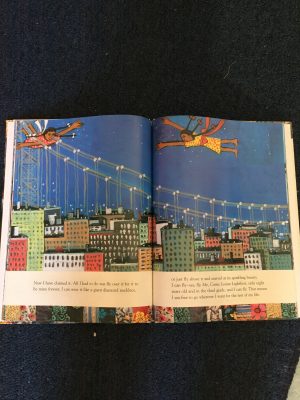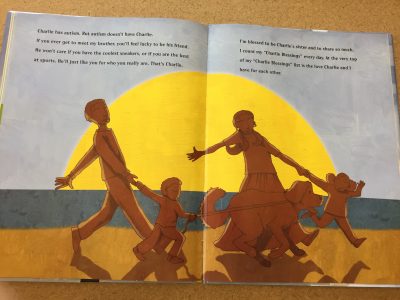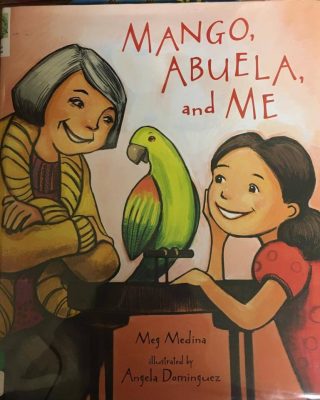
Author: Meg Medina
Illustrator: Angela Dominguez
Publisher and Year: Candlewick Press, 2015
Number of pages: 32
Tags: K-1, 2-3, Fiction, Diversity, Culture, Family, Amy Sanchez
Analysis: Mia’s abuela comes to stay with her and her family from a faraway place. At first, Mia is shy around her grandmother because they speak different languages. Her grandmother knows Spanish and Mia knows English. They struggle to understand each other. However, Mia remembers that at school they helped one of her classmates learn English, and she begins to do the same for her grandmother. One day, Mia and her mother go to the pet store and Mia notices a parrot. She remembers a story her grandmother told her about a bird she had back home. Mia and her mother buy the parrot and name it Mango. Mango keeps her grandmother company while Mia is at school. Mango, Abuela, and Mia together all learn something new. 
This book can serve as window to better understand some of the experiences of people who come from other countries and speak a different language. This book did a good job of demonstrating how one little girl and her grandma could overcome a language barrier and created a bond. At first, Mia was shy because she couldn’t communicate well with her grandmother, but she thought about different ways that they could both learn each other’s language. This book can also serve as a mirror for children who are bilingual. Many children who are born and raised in the United States, but their family speaks a different language, often master English, but struggle to maintain mastery of their second language. The experience of Mia and her grandmother can be very relatable. This book does a good job of showing how Mia celebrates her culture and takes pride in learning Spanish as well as teaching her grandmother English. This book can also be a door to teach children about how people from different places and countries share similarities and differences, but have so much to learn from each other. This book is written in English with Spanish word integrated within the text, which could be helpful for children who speak Spanish and are learning English or even for English speakers to learn Spanish words.
The ideology this book explores is bilingualism. This book depicts a bond between a grandmother and a granddaughter who spoke different languages. With patience, care, and love they could overcome the language barrier. This book allowed for both characters to learn each other’s language instead of just one. It was nice that the grandma learned English and that Mia learned Spanish. This made it so that English was not portrayed as inferior to the grandmother’s native language.
The illustrations used in this book use an open frame, so our view is from the outside. The colors used are vibrant colors. They portray very calm and neutral images. The images are adding to the words. The illustrations changed the character’s facial expressions to capture what the text was describing.

